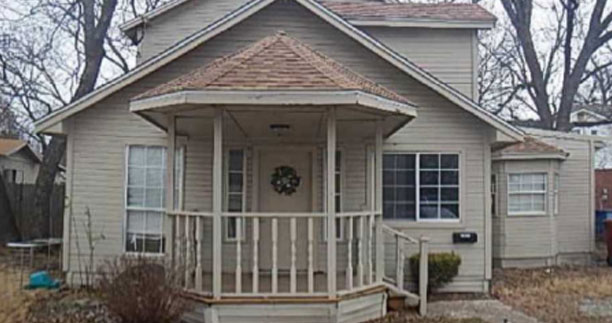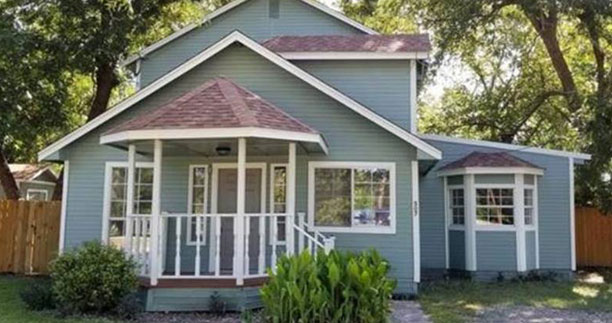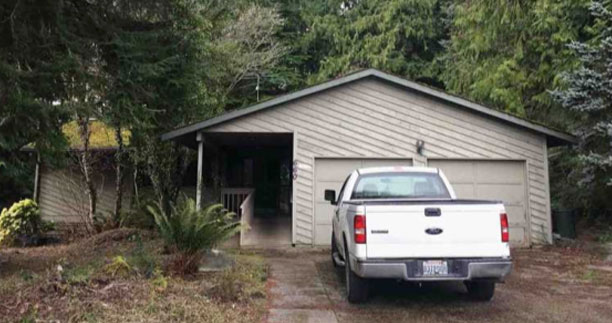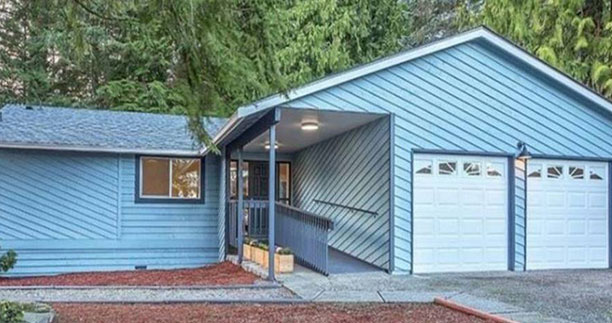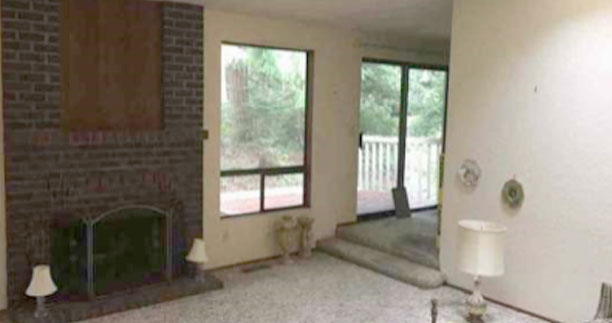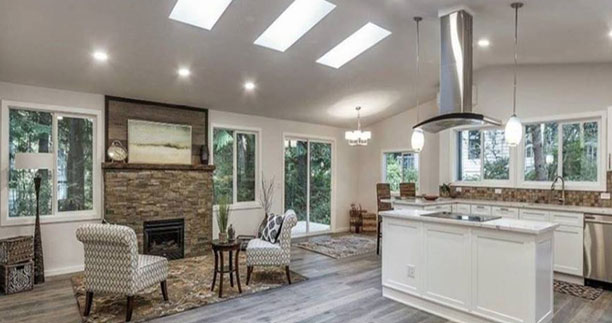Kitchen Cabinet Colors
The colors and finish of kitchen cabinets play a vital role in determining the overall aesthetic and feel of a kitchen. Making the right choice can elevate the look of the space, while outdated or poor selections can make it feel dated. Here’s a detailed look at various aspects of cabinet colors and finishes:
- Types of Finishes:
- Painted: Offers a wide range of color choices. It provides a smooth finish and can be matte, semi-gloss, or glossy.
- Stained: Enhances the natural grain of wood. The stain can range from light to dark and can dramatically change the look of the wood.
- Laminates: A synthetic material that comes in a vast array of colors and patterns. It can mimic the look of wood or offer bold and modern hues.
- Thermofoil: A vinyl film applied to MDF or particle board. It offers a smooth finish and can be a budget-friendly option.
- Glazed: A secondary finish applied over paint or stain to add depth and dimension. It can create an aged or vintage look.
- Distressed: A technique used to give cabinets an aged or weathered appearance.
- Popular Color Trends:
- Whites & Off-Whites: Timeless and versatile. They offer a clean, bright look, making spaces appear larger.
- Grays: A modern neutral that’s been popular for several years. Depending on the shade, it can be cool or warm.
- Blues & Greens: Have gained traction, especially deeper navy blues or muted sage greens. They can be used as accent colors or for an entire kitchen.
- Black & Charcoal: For a bold, contemporary look. Often paired with lighter countertops or backsplashes to avoid a too-dark aesthetic.
- Natural Wood Tones: From light woods like maple or pine to dark tones like walnut or cherry. The key is choosing a tone that feels current.
- Finish Sheen Levels:
- Matte: Offers a non-reflective finish. It’s modern and hides imperfections well but can be harder to clean.
- Semi-Gloss: Has a subtle shine. It’s easier to clean than matte finishes, making it a popular choice for kitchens.
- Glossy: Provides a high shine and contemporary look. While it’s easy to clean, it can highlight imperfections.
- Color Harmony:
- Ensure the cabinet color complements other elements in the kitchen, such as countertops, backsplash, appliances, and flooring.
- Consider the overall palette of your home. It’s good if there’s a cohesive flow between rooms.
- Dated Colors & Finishes:
- Colors like pinkish-beige, orangey oak, or specific bright pastels might feel dated in today’s design landscape.
- Some finishes, like overly glossy laminates from the ’80s or certain ornate glazed finishes, might also anchor a kitchen in a bygone era.
- Two-Toned Cabinets:
- A trend where upper and lower cabinets are painted in different colors, or an island is a different color from the rest of the cabinetry. It can break the monotony and add visual interest.
- Durability:
- Consider the longevity and wear of the finish. Kitchens see a lot of activity, so finishes that resist moisture, stains, and scratches are beneficial.
- Changing & Updating Colors:
- If cabinets are in good condition, simply changing the color or finish can dramatically update the space. Whether through painting, staining, or refacing, it can be a cost-effective way to modernize.
When selecting or assessing cabinet colors and finishes, consider the target audience and current design trends, especially if the property is being prepared for sale. If you’re designing for personal use, prioritize personal preferences but be informed about the longevity and practicality of your choices.

